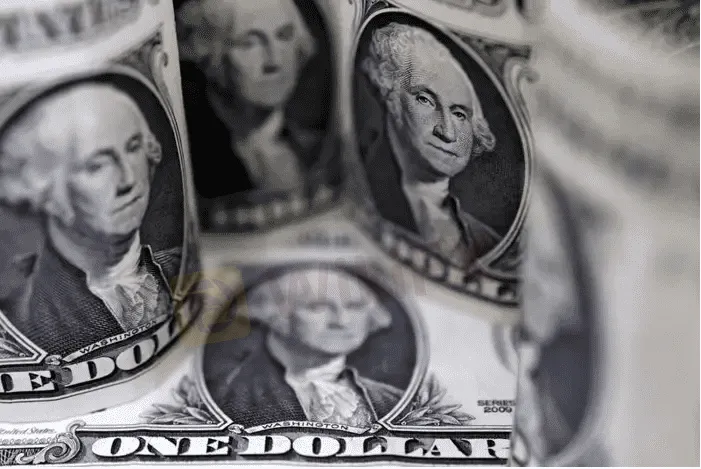简体中文
繁體中文
English
Pусский
日本語
ภาษาไทย
Tiếng Việt
Bahasa Indonesia
Español
हिन्दी
Filippiiniläinen
Français
Deutsch
Português
Türkçe
한국어
العربية
Dollar loiters off highs as traders eye CPI
Abstract:The dollar lurked just below recent highs on Tuesday as traders waited for U.S. inflation data due later in the week, which could take pressure off the Federal Reserve and put it on the greenback if it suggests the pace of price rises has peaked.

The data is due on Wednesday and the anticipation is likely to keep things calm until then.
The Australian and New Zealand dollars rose overnight and were steady in the pre-CPI calm in Asia. The Aussie held gains at $0.6977. The kiwi did likewise at $0.6276, leaving both just above their 50-day moving averages.
Sterling held at $1.2081 and the euro was stuck just above parity at $1.0189, with the continent‘s energy crisis meaning it may miss out on a boost if the dollar weakened. The yen rose slightly to 134.75 per dollar. On Tuesday, a New York Fed survey showed consumers’ inflation expectations fell sharply in July, perhaps easing some of the upward pressure on rates from last weeks strong jobs figures.
“Expectations that the Fed may announce another 75 basis point rate hike on September 21 have risen on the back of (Fridays) strong U.S. July payrolls report,” said Jane Foley, senior currency strategist at Rabobank.
“Later this week, the July U.S. CPI inflation release is expected to show some moderation in inflation pressures,” she said. “This may now be sufficient for the Fed to relax.”
Economists polled by Reuters see year-on-year headline inflation at 8.7% — incredibly high, but below last months 9.1% figure.
Money-market futures show traders see about a two-thirds chance of a 75 bp hike next month and have started pushing expectations for rate cuts back, deeper into 2023.
Two-year Treasury yields, which track short-term U.S. rate expectations, held at 3.2157% on Tuesday, with benchmark 10-year yields 45 bps below that at 2.7572%.
An upside CPI surprise could drive yields and the dollar higher.
“Investors have become increasingly sure in their view that inflation will drop back fairly quickly, and that it will subsequently remain around the Feds target,” said Thomas Mathews of Capital Economics.
“The market is arguably quite vulnerable to a surprise on inflation, should any evidence gather it is staying high longer than expected. That would also probably prompt a sharper response from the Fed, and see the bond market selloff resume in earnest.”

Disclaimer:
The views in this article only represent the author's personal views, and do not constitute investment advice on this platform. This platform does not guarantee the accuracy, completeness and timeliness of the information in the article, and will not be liable for any loss caused by the use of or reliance on the information in the article.
Read more

Why Trade Agreements Matter to Nations
In today’s interconnected world, trade agreements serve as the foundation for stable and predictable international commerce.

Trade Fights Are Heating Up—What Happens Next?
Global financial markets have become increasingly reactive to even minor developments in international trade talks.

Juno Markets Upgrades to FYNXT PAMM
Juno Markets has successfully upgraded its managed account infrastructure by integrating FYNXT’s Percent Allocation Management Module (PAMM) system.

Italy’s CONSOB Blocks Sites of ITradingFX and NEX TRADE in Latest Crackdown
Italy’s Companies and Exchange Commission (CONSOB) has ordered Internet service providers to block access to nine unauthorized investment websites, including “ITradingFX” and “NEX TRADE,” as part of its ongoing effort to curb abusive financial services Consob.
WikiFX Broker
Latest News
Think Scams Won’t Happen to You? That’s Exactly What Scammers Count On
Currency Calculator


